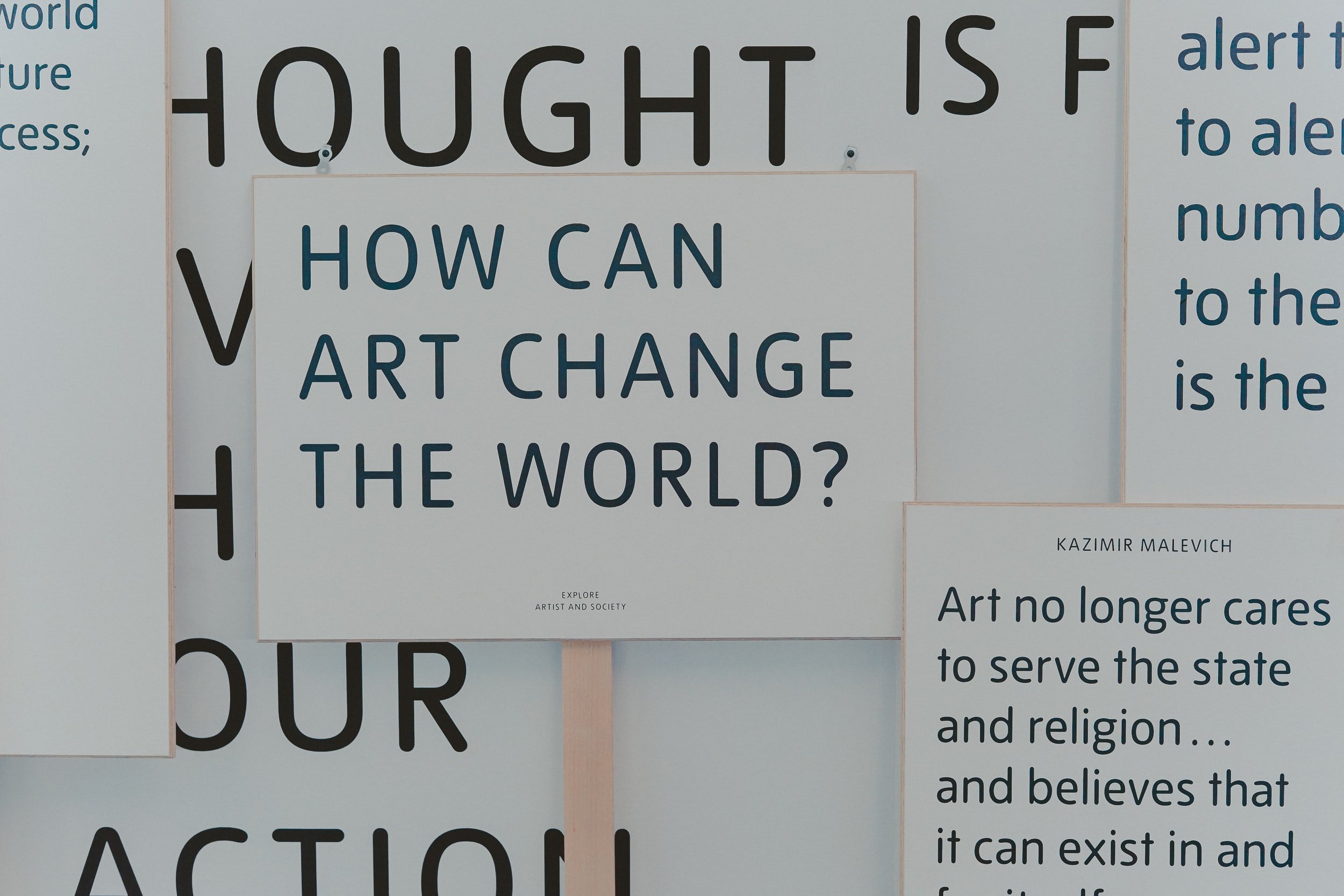For The Perfectionist: Blind Contour Drawing Exercises
I've said before that I am a "recovering perfectionist," but I don't think that's the truth anymore. I think perfectionism is a response to many fears, and I don't think anyone can ever "recover" from perfectionism; instead, we learn how to fight our fears in less self-destructive ways(if we are lucky). Perfectionism comes from the ego, the place in our brain constantly trying to protect us. Our ego can be a healthy and necessary response to things that have the possibility of harming us; think—hit that predator in the exact right spot, or your could die. However, there's a toxic ego response, too. You know, the part of the ego that centers ourselves a little too much because of insecurity?
Many see perfectionism as a humblebrag, and that admitting to being a perfectionist means you're just saying you get everything perfect because that's just who you are[enter hard eye roll here]. On the contrary, accepting you're a perfectionist acknowledges that you understand your ego gets out of control and stops you from creating beautiful art because you're scared of rejection and pushing out of your comfort zone. That's bravery, not bragging.
So how does blind contour drawing help fight the perfectionist's urges? Blind contour drawing, as Ian Sklarsky says in his TEDx demonstration, "Encompasses failure, you can't win with this. There's no right or wrong." And as Sam Anderson wrote in his piece for the New York Times, "You can't control your way out of control."
There is a reason why so many students must sit through hours of blind contour exercises in school. The practice helps you look at your drawing for simply what it is without trying to see your way through it because you can't see. You can't look at the paper at all. It's a sensory experience, like kissing with your eyes closed or reaching your hand into the box to guess what a surprise hidden object might be. Other senses connect the dots; parts of your brain start to fire and connect left-to-right, right-to-left.
Blind contour isn't really a drawing exercise at all. Instead, it's an exercise in letting go...letting go of control. So, if you're a perfectionist, I'll ask you, is there a better exercise for us? Maybe, but this is undoubtedly an excellent place to start. Give it a go, and do it more than once, because the feeling of letting go can be addictive, even for brains like our that see letting go as close to, well…death. Did I mention I'm also prone to overdramatic hyperbole? I'll work on that—or maybe I won’t. I’m not perfect.



